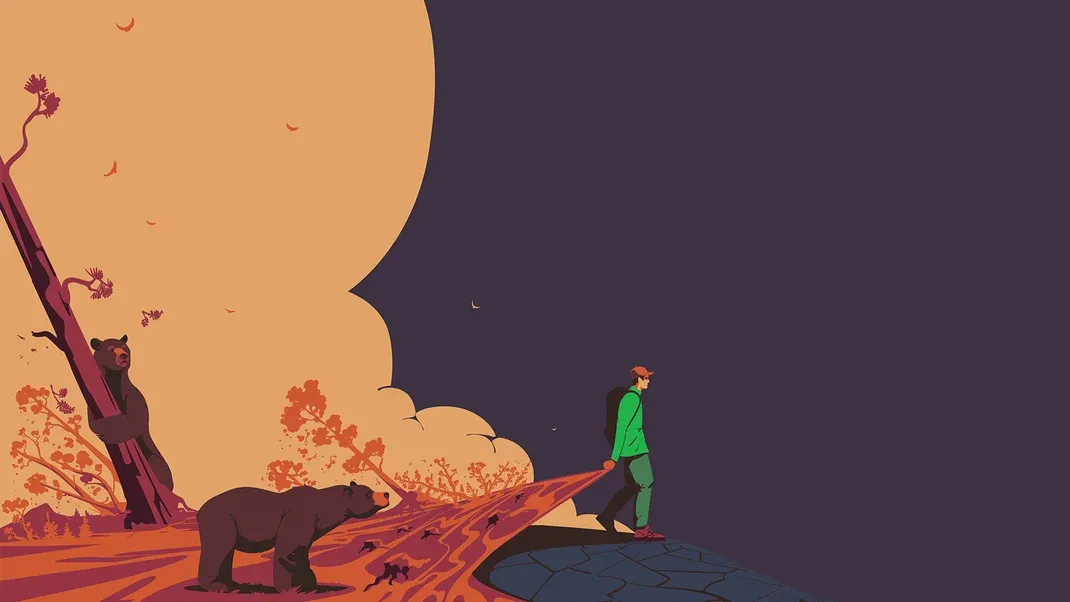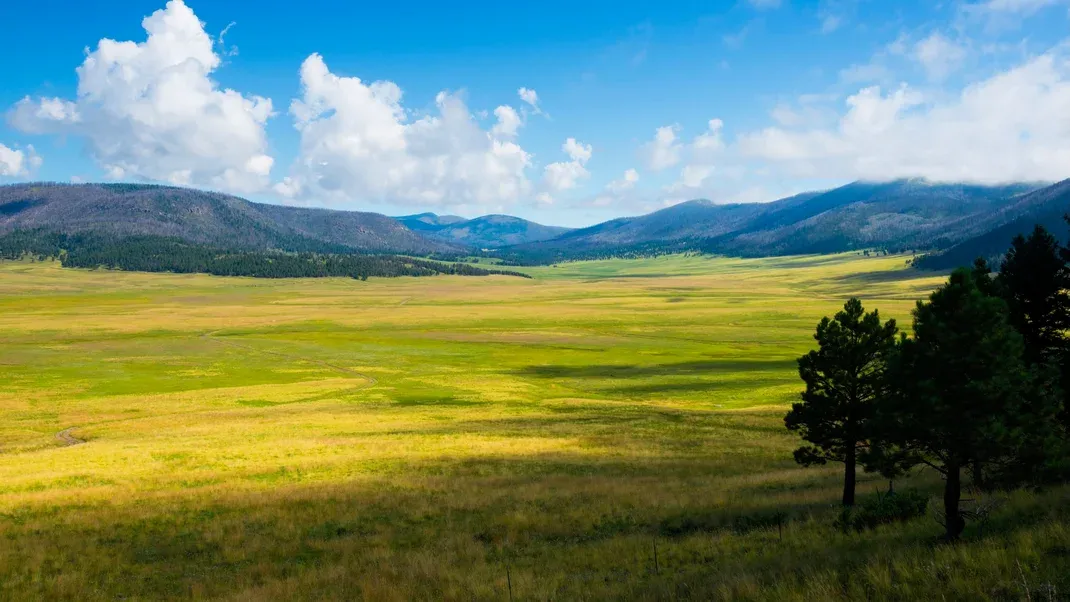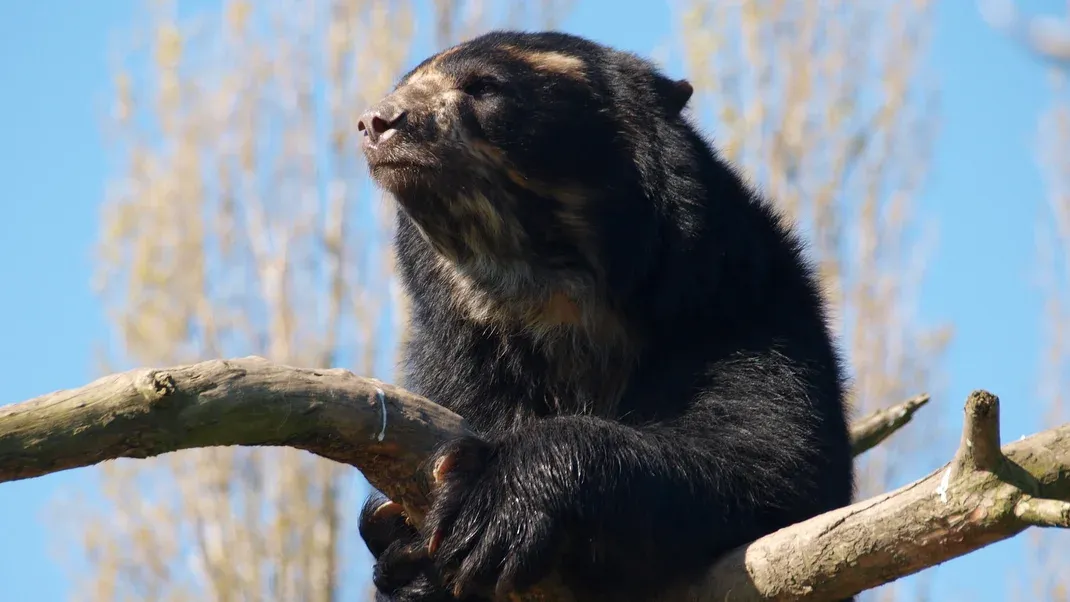The Pacific Northwest Trail is Pitting Hikers Against Grizzly Bear Activists
The Pacific Northwest Trail is a challenging 1,200-mile route from the Continental Divide to the Pacific Ocean, traversing through some of the most beautiful and rugged terrain in the United States. However, the trail has recently become the center of controversy as hikers and grizzly bear activists clash over the presence of the endangered species along the route. While some hikers are concerned about potential encounters with grizzly bears, activists argue that the bears have a right to their natural habitat and should not be disturbed. The debate has sparked discussions about wildlife conservation and human-wildlife coexistence in the Pacific Northwest region.

The Pacific Northwest Trail, a 1,200 mile hiking route that stretches from the Continental Divide in Montana to the Pacific Ocean in Washington, has long been a popular destination for outdoor enthusiasts and nature lovers. However, in recent years, the trail has become the center of controversy as hikers and grizzly bear activists clash over the presence of these iconic animals in the region.
The Pacific Northwest Trail, known for its stunning scenery and challenging terrain, passes through some of the most remote and rugged wilderness areas in the United States. It winds its way through national parks, national forests, and other protected areas, providing hikers with an unparalleled opportunity to experience the natural beauty of the Pacific Northwest.
However, as the number of hikers on the trail has increased, so too has the number of encounters between hikers and grizzly bears. The Pacific Northwest is home to a healthy population of grizzlies, and while these majestic animals are a symbol of the wildness of the region, they also pose a potential threat to hikers. In recent years, there have been several high-profile incidents involving grizzly bear attacks on hikers, leading to increased concern among hikers and local communities.
In response to these incidents, grizzly bear activists have been calling for stricter regulations and restrictions on the Pacific Northwest Trail in order to protect both hikers and grizzly bears. They argue that the increasing human presence on the trail is encroaching on the bears' natural habitat and increasing the likelihood of potentially dangerous encounters. They have called for measures such as limiting the number of hikers allowed on the trail, requiring hikers to carry bear spray, and even rerouting the trail to avoid known grizzly bear habitats.
On the other hand, many hikers and outdoor enthusiasts argue that these measures are unnecessary and would detract from the experience of hiking the Pacific Northwest Trail. They believe that encounters with grizzly bears are a natural and inevitable part of hiking in such wild and remote areas, and that hikers should take personal responsibility for their own safety by being prepared and knowledgeable about how to safely coexist with bears.
The clash between hikers and grizzly bear activists has led to heated debates and conflicts along the trail. Some hikers have reported feeling unwelcome and even harassed by activists who are passionate about protecting the bears. On the other hand, activists argue that hikers need to be more mindful of the impact they have on the environment and the wildlife that call the Pacific Northwest home.
The controversy has also spilled over into the political arena, with lawmakers and government agencies being pressured to take action to address the issue. Some have called for the implementation of new regulations and guidelines for hikers on the Pacific Northwest Trail, while others have pushed for increased efforts to manage and protect grizzly bear populations in the region.
As the debate rages on, it has become increasingly clear that there are no easy solutions to the conflict between hikers and grizzly bear activists. Both groups are passionate about their respective causes and are unwilling to compromise on their beliefs. However, it is also evident that finding a balance between protecting hikers and preserving the natural habitat of grizzly bears is crucial for the long-term sustainability of the Pacific Northwest Trail.
Ultimately, the future of the Pacific Northwest Trail and the fate of its grizzly bear population will depend on the ability of hikers, activists, and policymakers to come together and find a solution that respects the needs and concerns of all parties involved. It is a complex and challenging issue, but one that must be addressed in order to ensure that future generations will be able to enjoy the beauty and wilderness of the Pacific Northwest.




